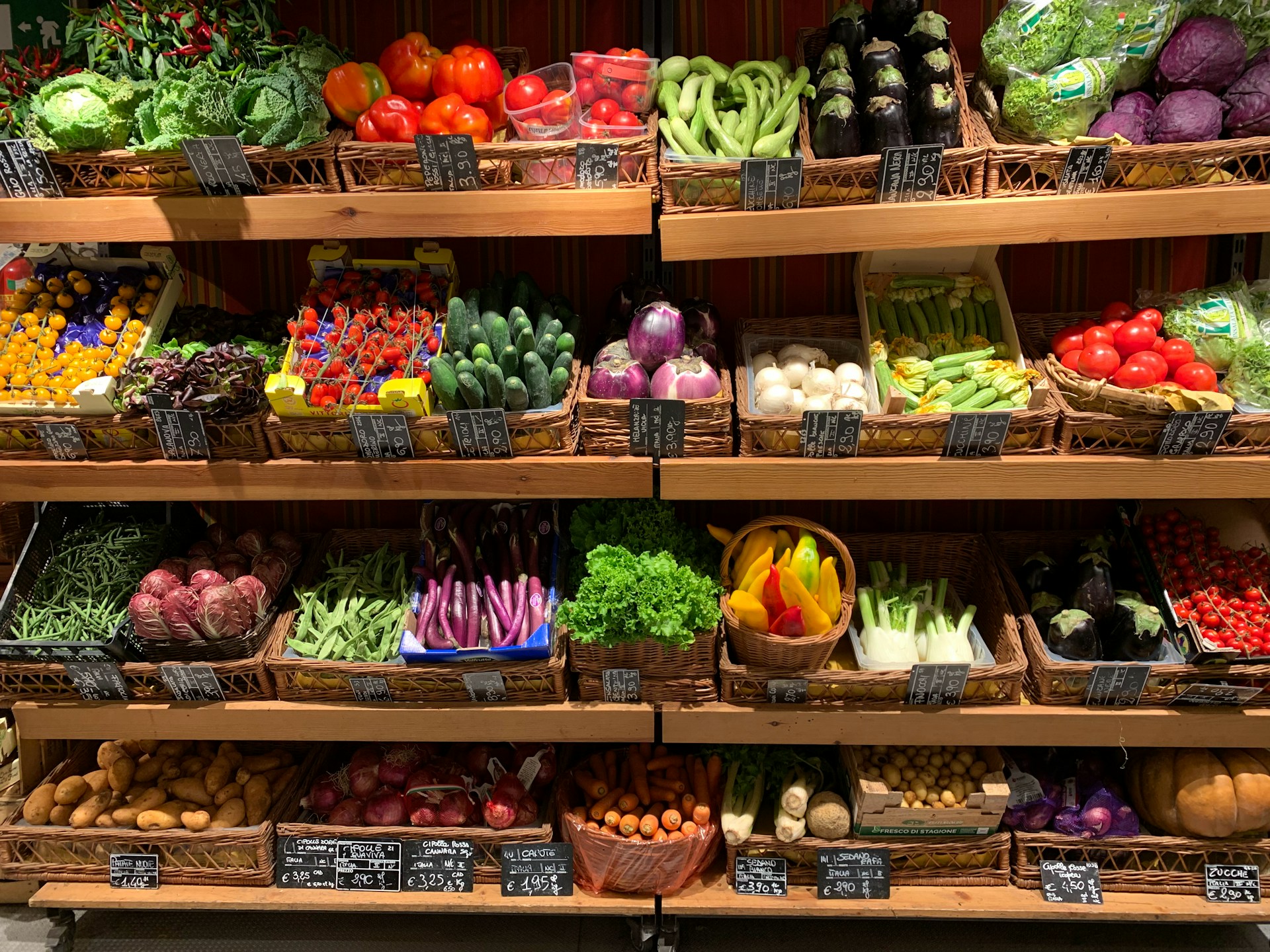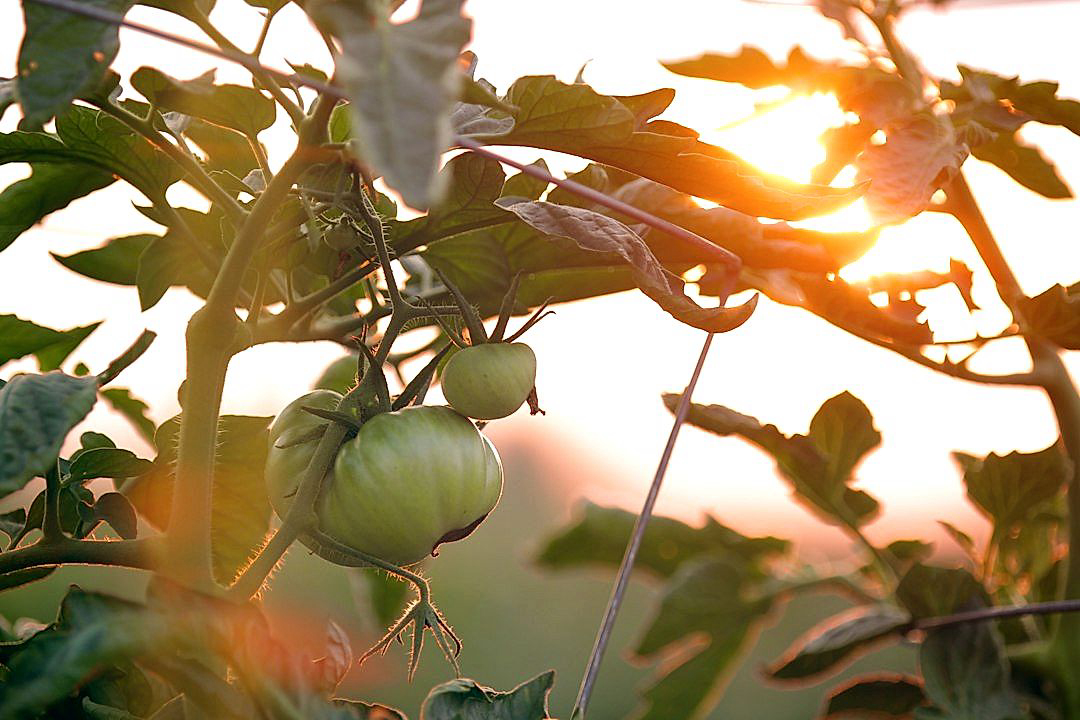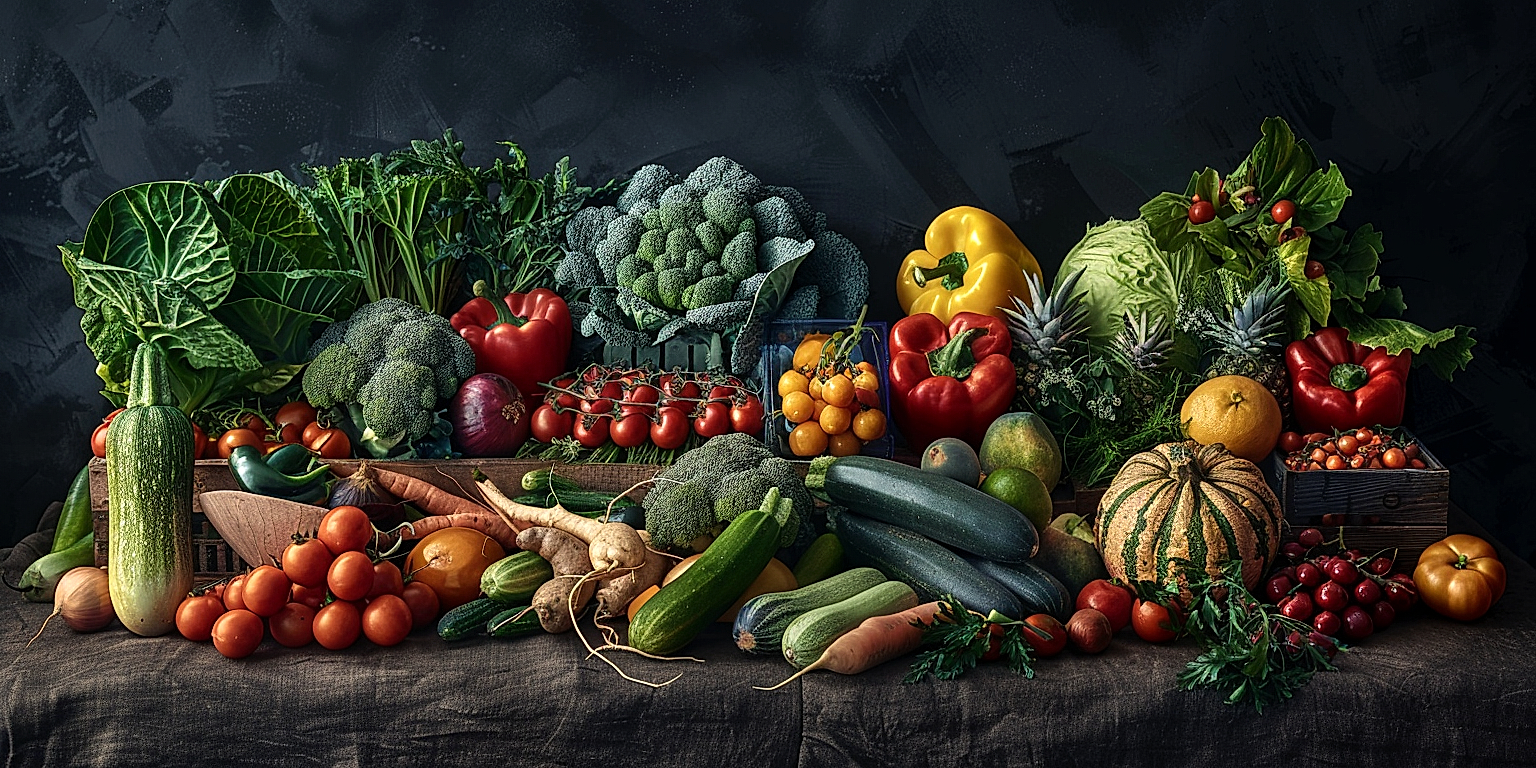The global food industry has been marked by swift transformations over the years, particularly within the processed produce sector.
It is essential, now more than ever, to delve into the specific areas that show noteworthy expansion potential.
This exploration will ascertain long-term sustainable growth and resilience for businesses in a maturing and increasingly competitive market.
The understanding of consummate growth areas needs a synthesis of consumer trends, tech innovations, and an understanding of the regulatory landscape.
Additionally, concepts on supply-chain management and trade dynamics also come into play.
In this article, we will delve into these key aspects, shining the needed light onto the ongoing changes and future prospects.
Contents
Growth Areas In Processed Produce Markets
1. Organic and Non-GMO Processed Produce
The demand for organic and non-GMO processed produce is growing globally, underpinned by an increased interest in healthy and sustainable eating habits.
Marketing strategies focusing on the health advantages and environmental benefits have been successful in attracting more consumers towards organic and non-GMO labelled foods.
To understand this growth area better, it’s crucial to grasp what sets organic and non-GMO processed produce apart from other food types.
Organic food is produced without using synthetic pesticides and fertilizers, genetically modified organisms, radiation, or conventional sewage sludge.
In comparison, the non-GMO label means the food doesn’t contain genetically engineered ingredients.
Highlighting the health and environmental benefits of organic and non-GMO processed produce could attract more consumers.
The processing methods used also play a vital role in categorizing a product as organic or non-GMO.
Methods must adhere to specific regulations to ensure the final product retains its organic or non-GMO classification.
These labels provide a trusted, transparent way for consumers to know they’re buying foods produced with certain standards.
According to recent market research reports, the global organic and non-GMO food market is expected to grow considerably in the next five years.
This growth provides an opportunity for producers and manufacturers to expand and innovate their offerings.
Besides, the growing popularity of these foods is encouraging retailers to dedicate more store shelf space to organic and non-GMO products.
However, they aren’t without challenges, such as high costs, difficulty in sourcing organic and non-GMO ingredients, and lengthy certification processes.
With time and investment, these challenges can provide opportunities for innovative solutions that could fuel further growth in this sector.
In sum, organic and non-GMO processed produce represents an area of opportunity for the processed food industry with its rising demand, opportunities for innovation, and ever-expanding market.
2. Plant-based Processed Food Products
Traditional meat-based products are being replaced at a swift pace by plant-based food items, and the processed food market is no exception.
In particular, the global consumer is showing a growing preference for plant-based processed foods.
This ongoing shift in food behaviour is more about seeking healthier, sustainable and ethical alternatives to animal-based foods.
From plant-based cheeses and yogurts to meat substitutes made from soy, seitan, and other plant-based proteins, the palette of options is diverse and rapidly expanding.
Moreover, advancements in food science and technology have expanded the capabilities to create plant-based foods that imitate the taste, texture, and protein content of conventional animal-based foods.
Plant-based processed food products are no longer just an option for vegetarians or vegans; they are appealing to a wide range of consumers seeking healthier and more sustainable food choices.
These growing tendencies towards plant-based diets are driving product innovation in the processed foods industry.
Companies are investing in research and development to satisfy consumer demand, resulting in a steady stream of innovative plant-based products entering the market.
This wave of innovation and product diversification is attracting more consumers to try plant-based products, and in many cases, making them regular items on their grocery lists.
It’s exciting to see how the acceptance of plant-based foods has transformed the food processing industry and reshaped the market landscape.
Such positive market trends are encouraging even traditional meat and dairy processors to expand their product offerings to include plant-based options.
Furthermore, the plant-based processed food market growth is also backed by increased global initiatives toward sustainability, environmental consciousness, and animal welfare.
Looking ahead, the significant growth potential of the plant-based processed food market should prompt food producers to invest in and explore this sector even further.
Additionally, they must keep abreast with changing consumer tastes and preferences, embracing innovation and diversity in product development.
Plant-based processed food products have become an important driver of growth in the processed food market.
3. Innovative Packaging for Processed Produce
In the rapidly evolving world of processed produce, emerging packaging trends are playing a significant role in shaping the future growth of the sector.
One such trend is the use of biodegradable and eco-friendly packaging materials, reflecting an increasing consumer demand for sustainability in all areas of life, including food consumption.
Edible packaging, made from a variety of food-grade materials, represents a particularly innovative development in this area.
This approach not only reduces waste but can also enhance the freshness and flavor of the produce contained within, contributing to an overall increase in product quality and appeal.
Innovative packaging presents a powerful opportunity for processed produce companies to differentiate their products, cater to changing customer needs and contribute to a more sustainable future.
Another notable trend is the use of active and intelligent packaging technologies.
These solutions can monitor and respond to changes in product condition, extending shelf-life, maintaining freshness and reducing waste.
By incorporating sensors and indicators, these packaging systems provide real-time information about the product, enhancing transparency and trust between producers, retailers, and consumers.
Further, advances in digital printing technology are allowing for increased customization and personalization of packaging.
Package designs can now integrate quick response (QR) codes, augmented reality (AR) elements, and other digital features that engage consumers and provide them with additional product information.
The growing trend towards individual and on-the-go consumption is also influencing packaging designs with the development of convenient, easy-to-use formats such as single-serving packets, resealable bags and packs designed for easy consumption while commuting or traveling.
With more individuals favoring plant-based diets and healthy eating habits, the demand for processed produce is expected to rise dramatically, signifying an essential growth in the sector.
In this context, innovative packaging solutions that enhance product quality, extend shelf life, provide additional information and engage consumers will have significant influence on market expansion.
Leading processed produce companies will need to invest in innovative packaging technologies and trends, keeping pace with consumer expectations and sustainability goals to ensure their products stand out in the competitive global market.
As such, innovative packaging design and materials should be seen not as an afterthought, but a critical component of the overall product experience.
4. Value-added Processed Produce
The concept of value-added processed produce refers to products that have been enhanced in their value through certain processes.
This may pertains to additional processing, packaging convenience, product uniqueness, market-driven production, and so on.
A primary example of such a product could be ready-to-eat meals comprising of organic and sustainably grown vegetables and fruits.
The increasing demand for such products, notably due to a surge in health-conscious consumers and the convenience factor, makes value-added processed produce a significant growth area in processed produce markets.
Not only does value addition bring an increased perceived and real product value, but it also contributes to the elevating growth of processed food industry.
Furthermore, it paves the way for innovation and product diversification, broadening the product range in the processed foods market.
Companies keen on capitalising on the value-added trend are concentrating on enhancing the nutritional content of their products.
This can include fortifying them with vitamins, minerals, or even super foods for boosted health benefits.
The process might also involve reducing unhealthy elements in the food, such as lowering sodium or sugar content, to make the product better for consumption.
In some cases, adding value could also mean making a product more ethical or sustainable, by using organically sourced materials, or ensuring fair-trade practices are adhered to.
Investing in product differentiation, such as unique flavors or exotic ingredients, is another approach to adding value.
Value-added processed produce also opens avenues for providing more convenient solutions to consumers – ready-to-eat, ready-to-cook, or on-the-go meal options are perfect examples of this.
Consumer willingness to pay a premium for these added benefits is encouraging more and more companies to explore and expand in the value-added processed foods segment.
This strategy has proven to be successful, with many value-added products seen to be recording higher profit margins than the conventional ones.
As the trend of value-added produce continues to gain momentum, it’s certain that this area holds a lot of potential growth for the processed produce markets.
5. International Market Expansion for Processed Produce
The global arena for processed produce is rapidly expanding with significant growth areas becoming more prominent.
There is a growing propensity for organic and non-GMO processed produce in countries around the world that traditionally focused on non-organic produce.
In particular, Asian and European markets have seen a surge in demand for high-quality processed produce from international suppliers.
More consumers are willing to pay a premium for processed produce that promises additional health benefits and superior quality.
Processing technology has become more sophisticated and efficient, making it possible to preserve the nutritional value of produce while enhancing its shelf life, which is a prime focus for many international markets.
Emerging economies like China, India, and Brazil have undergone significant lifestyle changes, leading to an increased demand for processed foods including fruits and vegetables.
This trend is expected to continue, thus creating ample opportunities for processed produce suppliers to establish a strong foothold in these markets.
Trade regulations are also instrumental in shaping the international market for processed produce.
New trade agreements can open up novel opportunities for processed produce exports, while changes in existing policies could either support or challenge this expansion.
Innovative packaging, that is both sustainable and enhances the freshness and nutritive value of the processed produce, gives a strong competitive edge in international markets
It’s also worth noting that food safety regulations in target export markets should be complied to the letter to avoid hefty penalties and to gain consumers’ trust.
Moreover, understanding the taste preferences of different cultures can be the key to crafting processed produce products that resonate with local consumers.
One must stay abreast with evolving trends such as the rise of veganism and plant-based diets, as these can create new avenues for growth in the processed produce sector.
The potential for international market expansion for processed produce is huge and constantly evolving, driven by changing consumer preferences, technological advancements, and trade policies.
Therefore, for corporations to undertake successful international market expansions in processed produce, keeping a finger on the pulse of global trends and opportunities is of paramount importance.
The Bottom Line
Assessing the trends within the processed produce industry, it is clear that the surge in demand for organic, non-GMO and plant-based food products are significantly shaping the market.
Moreover, innovative packaging methods are not only ensuring prolonged shelf life but also adding a sustainability quotient to the product, thereby escalating its appeal to consumers.
The concept of value-added produce further provides a competitive edge, rendering these goods more nutritious and flavorful, and hence, escalating their desirability.
Furthermore, the international market expansion is indicative of the immense growth and potential opportunities the processed produce sector beholds, giving impetus to manufacturers for further explorations and sustainability-focused innovations.
Indeed, these trends are not merely shaping the present of the processed food industry but are poised to drive its future, underlining the importance of continued investment, research and development in these areas.




